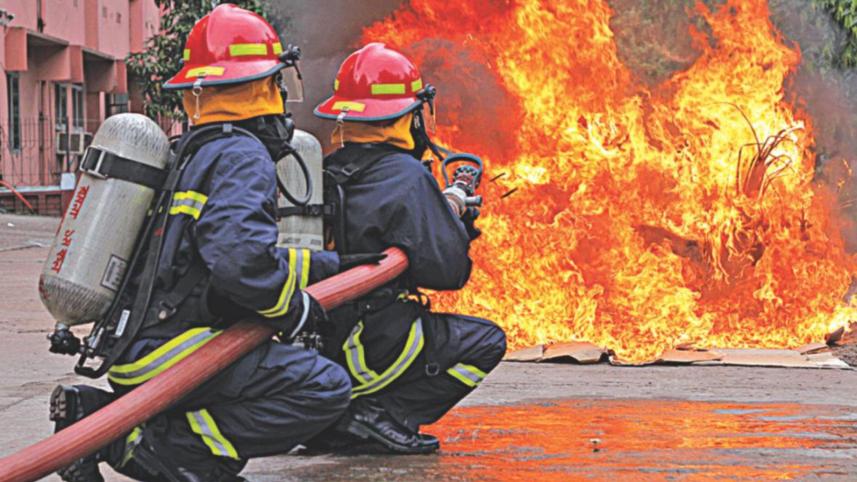Govt must learn from past failures and prepare accordingly

"Shocking" is the word that keeps being tied to the fire safety situation in Bangladesh, and now a year-end report, compiled by Bangladesh Fire Service and Civil Defence, shows just how shocking the situation was in 2019. A record number of fires occurred last year, the report reveals, with a whopping 24,074 incidents. This marks a 22.5 percent rise compared to the figures in 2018, which saw 19,642 incidents. The number of casualties also went up significantly. At least 185 people lost their lives in fire incidents in 2019, while the death toll was 130 in 2018. These numbers give us a comprehensive picture of the extent of the threat being posed by fires—both industrial and household—which have begun to rival, if not eclipse, other leading man-made disasters such as transport accidents. As Bangladesh seesaws between these grave threats to public safety, one question that stands out is: what are the authorities doing to prevent them?
Clearly, not enough. Fire remains a particularly disturbing occurrence as it cannot be pinned on lax laws—like in the case of road accidents—but on their lack of enforcement. Last February, some 70 people were killed in the Chawkbazar tragedy. Devastating fires also tore through FR Tower in the capital's Banani, a plastic factory in Keraniganj, and a fan factory in Gazipur. In all of the cases, it was the lack of enforcement of the relevant rules and regulations that was responsible for the fires. According to the Bangladesh National Building Code, a building should have fire exits connected directly to the outside road for easy access. Fire exit routes also have to be designed in a way that they remain unobstructed. Unfortunately, these rules and others often remain unenforced. However, there are some issues that are beyond the remit of relevant authorities, such as rapid urbanisation. Solving this will require an intervention from the higher authorities.
An equally important issue is public awareness, the lack of which has emerged as a major contributor to fires. For example, around one-third of the fire incidents last year (8,466) occurred in households, according to the report, mainly due to short circuits. This could have been avoided if individuals were aware of the dangers of low-quality electrical goods and other indoor safety hazards. These incidents together serve as a clarion call for a radical change in how we—both as citizens and as enforcing authorities—approach the fire safety issues in Bangladesh. As such, the government must run regular campaigns to raise public awareness and ensure strict implementation of the relevant rules so that the past year's failures and mistakes do not come back to haunt us again.



 For all latest news, follow The Daily Star's Google News channel.
For all latest news, follow The Daily Star's Google News channel.
Comments